
Javascript Code
// Title: "PCA Plot: Dimensionality Reduction in Action"
// Step 1: Set up the canvas
// Step 2: Define the data points
const observations = [];
for (let i = 0; i < 200; i++) {
const variables = [];
for (let j = 0; j < 25; j++) {
}
}
// Step 3: Perform PCA (Principal Component Analysis)
const pca = new PCA(observations);
const result = pca.predict(2); // Reduce the dimensionality to 2 for plotting
// Step 4: Set up the plot
const plotSize = 400; // Size of the plot area within the canvas
const plotOriginX = (512 - plotSize) / 2; // X-coordinate of the top-left corner of the plot area
const plotOriginY = (512 - plotSize) / 2; // Y-coordinate of the top-left corner of the plot area
// Step 5: Draw the axes
ctx.beginPath();
ctx.moveTo(plotOriginX, plotOriginY + plotSize); // Bottom-left corner of the plot area
ctx.lineTo(plotOriginX, plotOriginY); // Top-left corner of the plot area
ctx.lineTo(plotOriginX + plotSize, plotOriginY); // Top-right corner of the plot area
ctx.strokeStyle = 'black';
ctx.lineWidth = 2;
ctx.stroke();
// Step 6: Plot the data points
ctx.beginPath();
for (let i = 0; i < result.length; i++) {
const x = result[i][0] * plotSize + plotOriginX; // Scale and shift the x-coordinate
const y = result[i][1] * plotSize + plotOriginY; // Scale and shift the y-coordinate
ctx.moveTo(x, y);
ctx.arc(x, y, 2, 0, Math.PI * 2); // Draw a small circle for each data point
}
ctx.fillStyle = 'blue';
ctx.fill();
// Step 7: Add labels
ctx.font = '12px Arial';
ctx.fillStyle = 'black';
ctx.fillText('PC1', plotOriginX + plotSize - 20, plotOriginY - 5); // Label for the x-axis (PC1)
ctx.fillText('PC2', plotOriginX - 20, plotOriginY + 15); // Label for the y-axis (PC2)
// Step 8: Explain the plot
ctx.font = '16px Arial';
ctx.fillText('PCA Plot: Dimensionality Reduction in Action', 10, 30); // Title of the plot
ctx.fillText('This plot represents the result of applying PCA', 10, 60);
ctx.fillText('to a dataset with 200 observations and 25 variables.', 10, 90);
ctx.fillText('PCA allows us to reduce the dimensionality of the', 10, 120);
ctx.fillText('data while preserving the most important information.', 10, 150);
ctx.fillText('In this plot, each data point is represented by a', 10, 180);
ctx.fillText('small blue circle, and the x and y axes correspond', 10, 210);
ctx.fillText('to the first and second principal components (PC1 and PC2).', 10, 240);
ctx.fillText('By visualizing the data in this reduced dimensional', 10, 270);
ctx.fillText('space, we can gain insights into its underlying structure', 10, 300);
ctx.fillText('and identify patterns or clusters that may not be', 10, 330);
ctx.fillText('apparent in the original high-dimensional space.', 10, 360);
// Step 9: Celebrate your artistic and analytical achievement!
// "Why did the PCA plot go to the party alone? Because it couldn't find any correlated variables!"
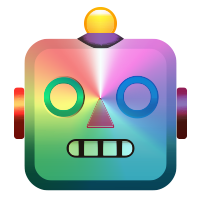

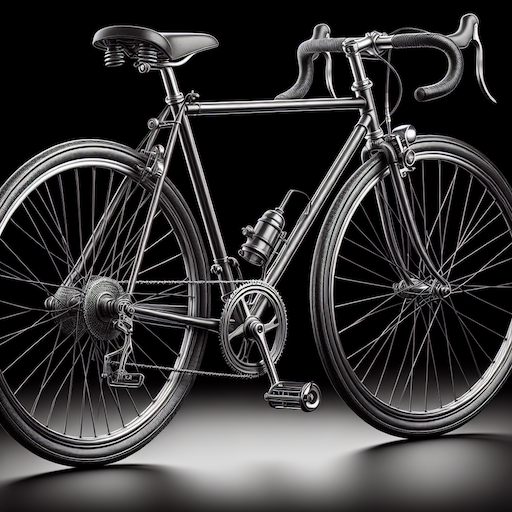
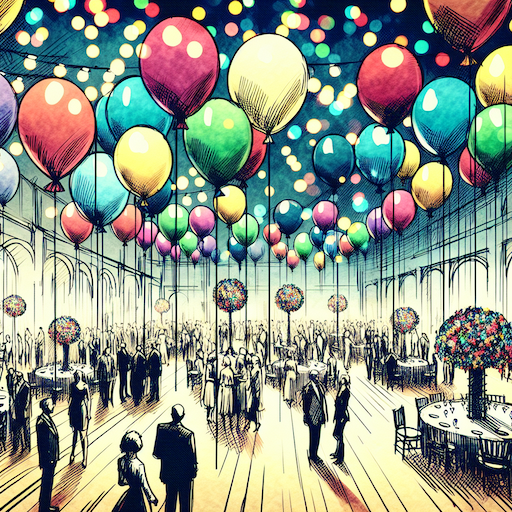 balloon party
balloon party beautiful beach
beautiful beach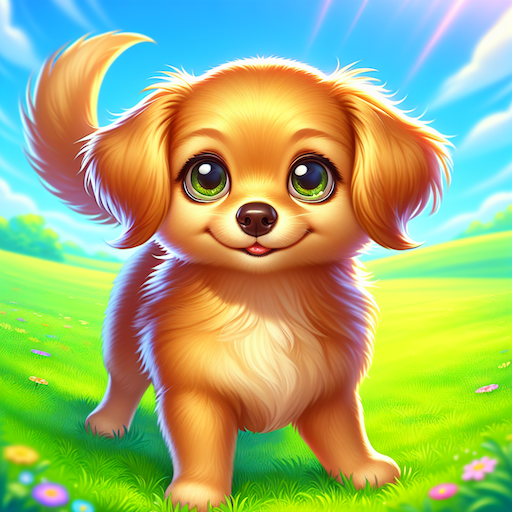 cute puppy dog
cute puppy dog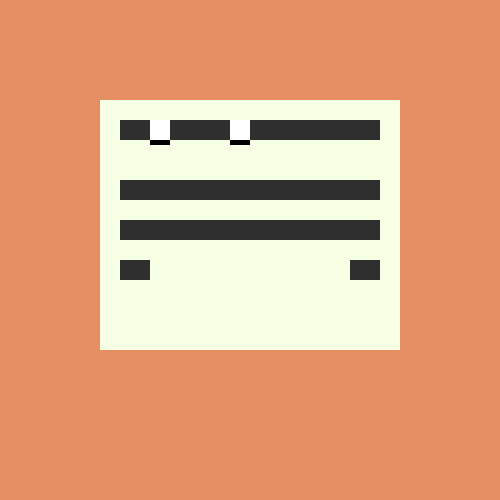 happy cat
happy cat house
house